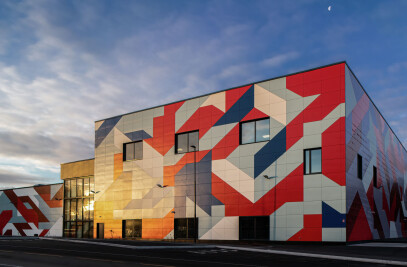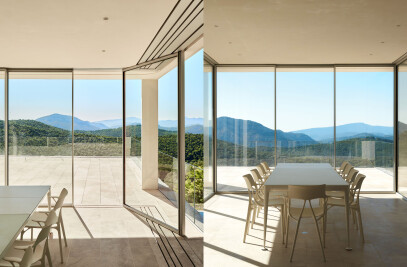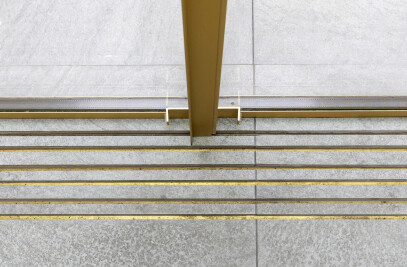The Great Barrier is a 110 square mile island north of Auckland, New Zealand. To the indigenous Māori, who first occupied the island around 800 years ago, Great Barrier is Aotea, or White Cloud. The self-sufficient lifestyle of the island, of which two-thirds is a conservation park, is off-grid. Rainwater is collected in tanks, cell phone reception is patchy and groceries are shipped in every week. Well into the 21st century, Great Barrier remains remote, which is to the liking of the several thousand locals who inhabit the island.

But despite the island’s remoteness, it is still a desirable place for holiday residences including this latest one by Lance and Nicola Herbst of Herbst Architects. Called the Awana Beach House, this retreat is a building with a strong cultural resonance that sits in harmony with the island and embraces the simple lifestyle of a vernacular beachfront cottage.

The clients are an Auckland couple with two young children. The house sits alone in the dunes and above a public beach. The architecture responds to the beach condition with layers of protection, deploying screens and shutters to achieve a balance between shelter and privacy on one hand, and connection to site the wider context, on the other.

The steel-framed house is 3,400 square feet in area and includes a separate 640 square foot garage housing batteries for storing the power produced by rooftop solar panels, as well as the backup generator.

Constructed on a concrete pad, two single-storey rectangular forms meet like the top and tail of a T. The concrete living wing runs roughly north-south, facing the beach. The timber-framed bedroom wing is aligned east-west behind it and, like the adjacent boardwalk, is elevated 6 feet to accommodate the slope of the terrain.

The house’s wings intersect in the ‘lanai’ – a 1.5 storey volume central to the plan and program. This covered courtyard, with a fireplace, allows for year-round use. It is open to the north and south sides, bringing the outside in. Inside, a board-formed concrete lends texture to the kitchen, living space and lanai and eucalyptus pilularis that lines the ceilings. A pale timber of that native tawa tree is used as flooring.

What sets the house apart is its attention to detail which is exemplified by the tracking system, in aircraft-grade aluminium, for the sliding doors, shutters, and banks of cedar battens. These weathered grey screens, 10½ feet high, extend from the floor to the building parapet, providing a first line of weather defence and enabling the house to blend in with its surroundings and defer to the Barrier’s unflashy sensibility.

We didn’t want heroic modernism,” Lance Herbst says, “but a house that is low, recessive, and designed to be viewed when closed down—a house demanding in its detailing, not its form.”



































